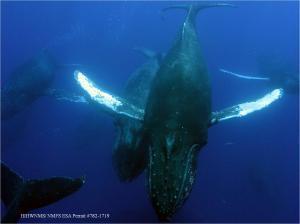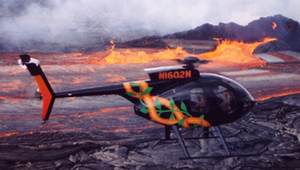Key step toward identifying key beaked whale habitat, avoiding sonar exposure?
Science, Sonar Comments Off on Key step toward identifying key beaked whale habitat, avoiding sonar exposure?A study just published is a tentative first step toward knowing where beaked whales may be foraging, and so perhaps avoiding exposing them to mid-frequency active sonar without having to see or hear them first.
The study, briefly described in this press release, found that beaked whales were more numerous in an area of their known habitat where salinity and temperature conditions increased the abundance of their prey. Yup, that’s right:: they found that beaked whales congregate in areas where there are more fish they like to eat!! Ain’t science great?
Seriously, though, such studies are important to ocean planners, as they provide the necessary causal data that can later (once the results are replicated elsewhere) be used to craft operational measures meant to protect beaked whales from harm. These whales, which surface for only a few minutes at a time between 90-minute foraging dives, are notoriously hard to see, and not much easier to listen for, making it difficult to be sure whether they are nearby before a Navy ship begins sonar exercises. The Navy has been reluctant to set aside potential habitat as “no-go” zones for their training, since even in possible habitat, there is no way to really know that animals are present. Studies such as this one are small steps along the way toward getting solid enough data to know, more specifically, where whales may be more likely to congregate. Previous studies on harbor porpoises and bottlenose dolphins have shown how modeling habitat can be a powerful tool to inform spatially adaptive management of ocean predators.





